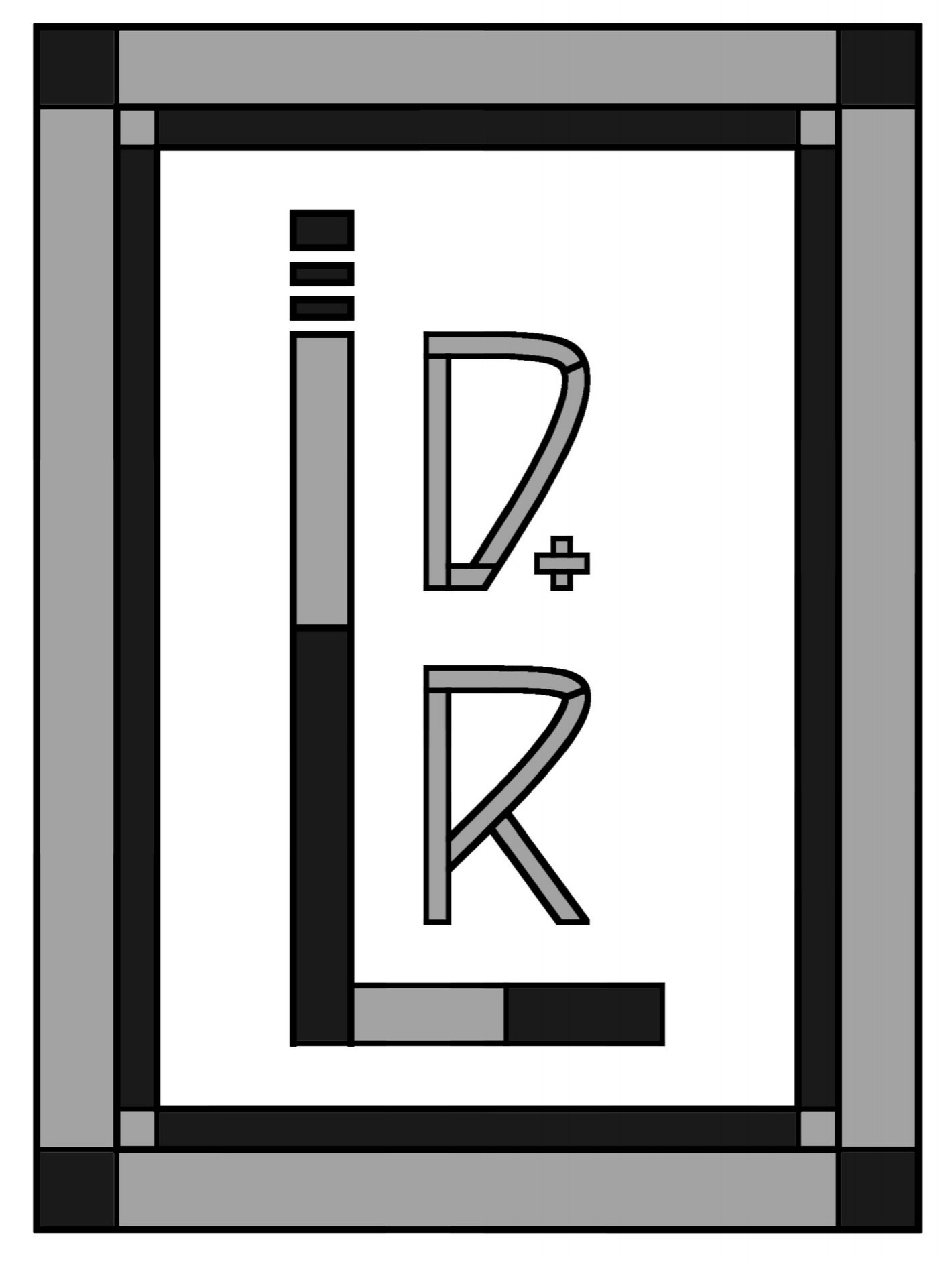About an hour’s drive from Mexico City, in the city of Toluca, there is a botanical garden that heavily features stained glass murals to the point that the garden plays second fiddle. This Cosmovitral Botanical Garden was at one time an enclosed marketplace. When the market closed down it was converted to a botanical garden and filled with giant installations of stained glass.
By Lexaxis7 [CC BY-SA 3.0 (https://creativecommons.org/licenses/by-sa/3.0)], from Wikimedia Commons
Naturally decisions like this do not come easily. In fact the city’s leadership grappled over the future of the building that housed the marketplace. With its art deco design and prominent metal and glass roof, the building seemed destined for a second life of accessible beauty in spite of proponents’ arguments for privatization or demolition. Finally, a man named Leopoldo Flores stepped in. Already an internationally known artist, Flores had the vision to infuse new life into the crumbly old building by filling it with art and stained glass. He fought for the building's future and after months of paperwork and advocacy he convinced Toluca’s mayor Yolanda Sentíes to repurpose the old marketplace accordingly.
By Lexaxis7 [CC BY-SA 3.0 (https://creativecommons.org/licenses/by-sa/3.0)], from Wikimedia Commons
Flores and sixty artisans worked for three years to design and combine approximately 500,000 glass pieces into the murals. Twenty eight different colors of glass were used, coming from all parts of the world. The themes depicted center on “universal dualities and antagonisms, the struggle between life and death, good and evil, day and night and creation and destruction, all shown in a cosmic continuum”. Up, down, and all around, these images surround the garden experience.
Central to the garden’s imagery is the Hombre Sol pictured below, representing mankind and marking our harmonious balance with all the forces illustrated throughout the building. Each year on the spring equinox, the sun aligns with this panel, visually setting the Hombre Sol on fire.
By Diego Callejas [GFDL (http://www.gnu.org/copyleft/fdl.html) or CC-BY-SA-3.0 (http://creativecommons.org/licenses/by-sa/3.0/)], from Wikimedia Commons
Watch this video en Español to take a virtual tour and learn more about the history of Cosmovitral Botanical Garden:
© 2018 Lucas Stained Glass Design + Restoration

![By Lexaxis7 [CC BY-SA 3.0 (https://creativecommons.org/licenses/by-sa/3.0)], from Wikimedia Commons](https://images.squarespace-cdn.com/content/v1/5955c00c2cba5e1a1df2b943/1541266878081-S745WED9QG8FKYHDR1B2/A_view_of_the_magnificent_stained_glass_inside_the_Cosmovitral%2C_Toluca%2C_Mexico..jpg)
![By Lexaxis7 [CC BY-SA 3.0 (https://creativecommons.org/licenses/by-sa/3.0)], from Wikimedia Commons](https://images.squarespace-cdn.com/content/v1/5955c00c2cba5e1a1df2b943/1541266527679-G86WVD72537VIFGMKCIP/The_magnificent_stained_glass_inside_the_Cosmovitral%2C_Toluca%2C_Mexico..jpg)
![By Diego Callejas [GFDL (http://www.gnu.org/copyleft/fdl.html) or CC-BY-SA-3.0 (http://creativecommons.org/licenses/by-sa/3.0/)], from Wikimedia Commons](https://images.squarespace-cdn.com/content/v1/5955c00c2cba5e1a1df2b943/1541267958673-TJCXBLU10AGA6VXDIF7R/The_Sun_Man_at_Cosmovitral.jpg)
